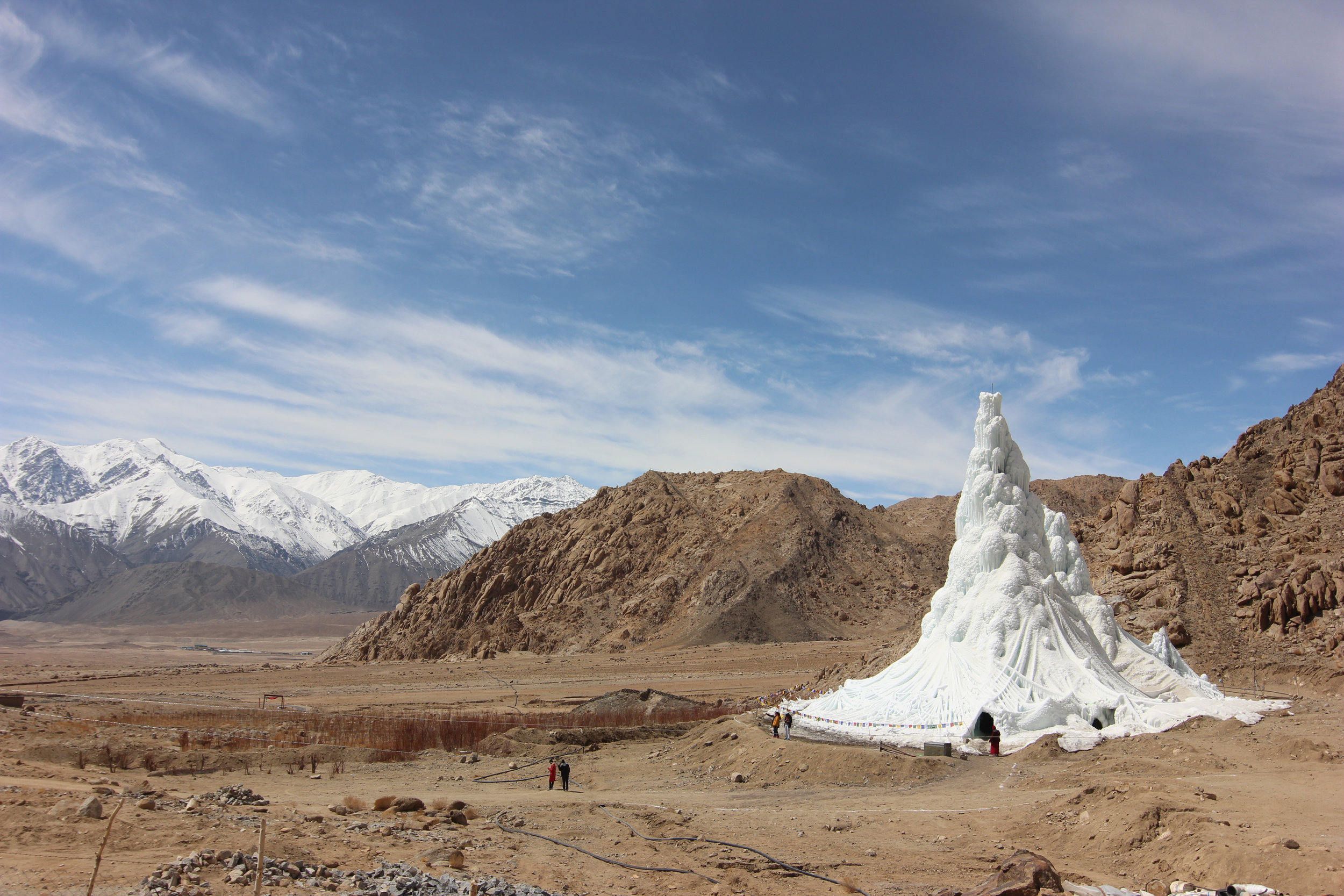Nature as an example
Design Takes on Human Survival is the current exhibition showcased at Triennale XXII in Milan. It consists of a deep exploration of the bonds that connect humans to the natural environment that have been severely compromised over the years. The aim of the exhibition is to explore what design can do to alleviate the devastating damage caused by the human race to the environment and society. Broken Nature is curated by Paola Antonelli, senior curator of the Department of Architecture and Design at New York’s MoMA.
The XXII Triennale comprises a selection of around 100 projects, examples of restorative design, architecture and art from all over the world. Even to those who believe that the human species will inevitably be extinct at some point in the future, design presents the opportunity to plan a more elegant ending; the wish is that the next dominant species will remember us with respect.
The Room of Change
The exhibition starts with The Room of Change by Accurat, a room of information with "before and after" NASA images of change of different territories around the world on big screens and a 30 meters long data tapestry illustrating how multiple aspects of our environment have changed over the centuries.
Plastic particles
Beyond drifting: imperfectly known animals by Mandy Baker shows the intake of plastic of plankton, compared to past scientific studies, when organisms where free from plastic.
Kelly’s Jazvac’s Plasticglomerate is a new type of stone that consists of a mix of molten plastic debris and beach sediment, including sand, wood, and rock.
New Nature
Kiku-Ichi (Ammonite) by Aki Inomata, proposes new perspectives on the evolutional lives of octopi as seen through the transparency of a digitally scanned and printed shell.
Water is an intensely highlighted keyword trough all the exhibition, as seen in Ice Stupa, stunning pictures of artificial glaciers created in the Himalayan mountains to help villages facing acute water shortage.
Bio printing
Designers are collaborating to explore the potential of advanced bio printing in Tissue Printing by Nervous System in collaboration with Miller Lab, to help restore kidney, liver and pancreatic cells. This fascinating operation can save lives based on the idea that organs are not designed but rather “grown”.
Endless use of yarn
Transitory Yarn by Alexandra Fruhstorfer and Acoustic Fur by Christien Meindertsma are two projects focusing on the increasingly typical problem of fast fashion and waste. Alexandra Fruhstorfer invented a system of a yarn that makes it possible di dismantle and re-yarn endlessly. Christien Meindertsma created a wall piece made of thin strips of acoustic felt that can be arranged depending on their density.
Closed systems
Malfunctions, Fallacy of the Closed System by Roberto Feo and Rosario Hurtado of El Último Grito shows a utopian city of glass, where everything is closed and limiting new horizons, pointing at how human survival lays in open systems and governments.
The selection of designs displayed at Broken Nature makes the visitor think deeper and feel stimulated, in empathy with such admirable ideas.
Inexorable change is an inherent feature of life. Although inevitable it is not always evident, especially at a planetary scale. Translating abstract events in objects and concept works like this succeed in translating abstract events in objects encouraging people to adopt alternative and more informed attitudes.
Even if design by itself cannot solve our existential problems, it is an essential component of a well-conceived strategy of reparations.
Broken Nature highlights how connections between designers, engineers, scientists and politicians have changed; they now interact when a project demands it, building a strand between all disciplines. Neri Oxman defines this interaction as ‘Krebs Cycle of Creativity’.
In the past, imitation of nature by designers was more focused on shape, while recently they try to learn from processes and knowledge, empathy and circularity, using the elegance of nature as an example. We are part of nature, not its masters.
Broken Nature/ La Triennale Milano 2019
1 March-1 Sept 2019
Viale Emilio Alemagna, 6
Milano
Anna Maroncelli visited Broken Nature for Oltmans van Niekerk
Top image Totems, Neri Oxman and the Mediated Matter Group at Massachusetts Institute of Technology. 201, photo by Gianluca Di Ioia
You can watch the symposium #1 RESTORATIVE DESIGN here









